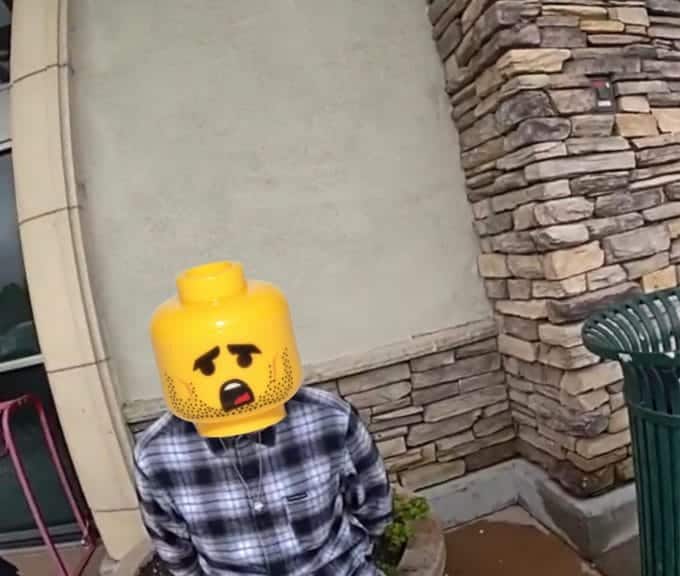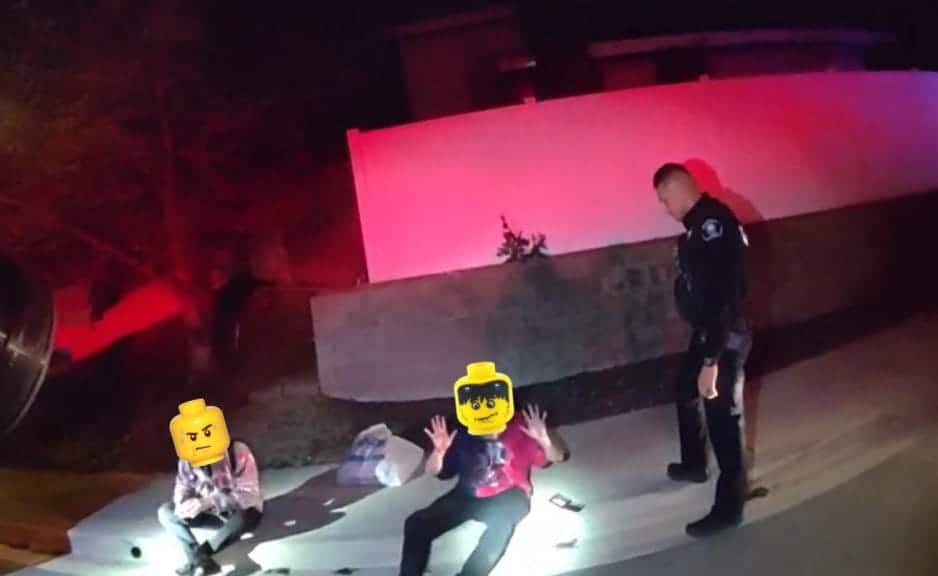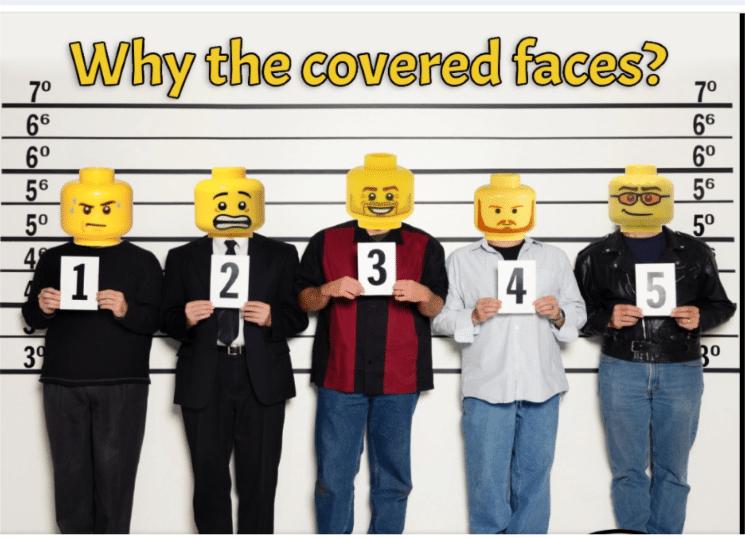California police department has decided to discontinue its use of Lego heads to obscure suspect faces in social media photos, a practice that gained attention for its compliance with state privacy laws.
This decision comes after Lego reached out to the department, requesting that they cease the use of their intellectual property.
Following a request from Lego to cease the use of its intellectual property, a California police department announced its intention to find an alternative method for concealing the faces of suspects in photos shared on social media.

For several months, the Murrieta Police Department in Southern California had been sharing images on social media depicting suspects in various crimes, with digitally imposed Lego heads covering their faces.
For a couple of years, the Murrieta Police Department has utilized an array of images, such as emoji faces and characters from popular media like The Grinch, Shrek, and Barbie, to conceal the faces of suspects in mug shots and other photos shared on social media.
However, this year, California enacted a statewide law prohibiting law enforcement from disseminating photos of suspects involved in non-violent crimes.
The department took to social media on Monday to elucidate the reasoning behind their decision, referencing a California law(the new state law, Assembly Bill 994) aimed at safeguarding the privacy rights of certain criminal suspects.
This law prohibits law enforcement agencies from disseminating photos of suspects involved in non-violent crimes. The utilization of Lego heads and the underlying rationale garnered widespread attention, making national headlines.
In recent weeks, the department has adopted a practice of utilizing images portraying the heads of Lego minifigs to obscure the faces of suspects in social media posts. However, Lieutenant Jeremy Durrant has confirmed that this specific practice has been discontinued.
“The Lego Group reached out to us and respectfully asked us to refrain from using their intellectual property in our social media content, which, of course, we understand and will comply with,” Durrant said in a statement provided to the Murrieta Patch.
“We are currently exploring other methods of publishing our content in a way that is engaging and interesting to our followers.”
Also, Lego has yet to respond to requests for comment regarding the extent of the removal required from the police department’s extensive Facebook feed.

The police department’s social media posts have featured individuals caught engaging in various non-violent crimes such as stealing phones, shoplifting, participating in drug-related activities, soliciting, and more.

Each post narrates the cautionary tale of the suspect and their actions leading up to their arrest. These narratives often carry a tone of irreverence, with suspects rarely being fully named and their identities abbreviated.
Resident comments frequently express shock, amusement at the descriptions, and gratitude for witnessing law enforcement in action.
Under the new state law, Assembly Bill 994, law enforcement agencies are prohibited from sharing identifying photos or mugshots of suspects involved in non-violent crimes.
However, there are exceptions allowing a police department or sheriff’s office to post a suspect’s booking photo in specific circumstances, particularly when authorities believe the suspect poses a threat to the community and tracking them down is necessary.
Furthermore, when law enforcement shares information about arrests on social media, they are required to use the name and pronouns provided by the individual. However, aliases can be used if it serves the interests of public safety.
The bill also requires agencies to delete photos of suspects from social media within 14 days of posting, no matter what the crime.

The Murrieta police began the practice of overlaying Lego faces onto suspects’ faces prior to the law’s enactment on January 1, 2024.
Although they increased the use of this method in late 2023, the earliest instance of the department covering faces appears to be on April 24, 2022, when they utilized a sad-faced emoji instead.














